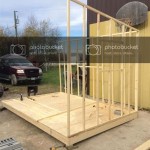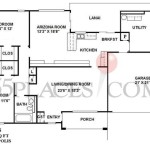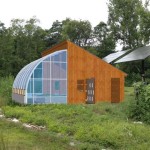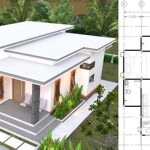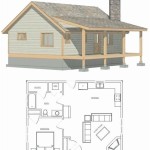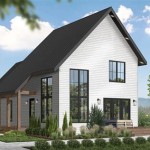Essential Aspects of Underground Houses Plans
An underground house is a home built either partially or entirely underground. It is also called an earth-sheltered home or earth house. Underground homes offer numerous advantages over traditional homes, including energy efficiency, durability, and safety. In this article, we delve into the essential aspects of underground house plans and provide valuable information to help you create a sustainable and comfortable home beneath the earth's surface.
1. Site Selection
Selecting the ideal site for your underground home is crucial. The site should be well-drained and have a gentle slope to facilitate water runoff. Soil conditions are also essential; choose a site with stable soil that is free from major cracks, faults, or unstable rock formations. Additionally, consider factors such as access to utilities, sunlight exposure, and proximity to amenities.
2. Design Considerations
The design of an underground house should be carefully planned to ensure both functionality and aesthetics. The house should be designed to maximize natural light and ventilation, utilizing skylights, light tubes, and clerestory windows. The layout should be well-thought-out, with efficient use of space and seamless transitions between different rooms. Structural integrity is also paramount; the walls and roof must be strong enough to withstand the weight of the earth overburden.
3. Energy Efficiency
Underground houses are renowned for their energy efficiency. The earth's natural insulation provides a stable temperature throughout the year, reducing the need for heating and cooling. Additionally, the use of passive solar design principles, such as south-facing windows and thermal mass, can further enhance energy efficiency. By harnessing the earth's thermal properties, underground homes offer significant energy savings compared to traditional structures.
4. Ventilation and Air Quality
Proper ventilation is essential for a healthy and comfortable underground home. A mechanical ventilation system, such as a heat recovery ventilator (HRV), can provide continuous air exchange, ensuring a constant supply of fresh air. Additionally, the use of natural materials, such as wood, stone, and earthen plaster, can help regulate humidity and improve indoor air quality.
5. Safety and Durability
Underground houses are inherently more durable than above-ground homes. They are protected from extreme weather conditions, such as hurricanes, tornadoes, and earthquakes. Additionally, they are less susceptible to fire and flood damage. When properly constructed, underground homes can provide a safe and secure living environment for generations to come.
6. Cost Considerations
The cost of building an underground house varies depending on factors such as size, design complexity, and site conditions. While underground homes may initially cost more than traditional homes, they offer significant long-term savings on energy bills. Additionally, the durability and low maintenance costs of underground homes can further offset the initial investment.
7. Legal and Regulatory Aspects
Before embarking on the construction of an underground house, it is essential to check local building codes and regulations. Some areas may have specific requirements for underground construction, including permitting, inspections, and structural standards. Consulting with a qualified architect or engineer experienced in underground design is highly recommended to ensure compliance with all applicable laws and regulations.

Scottish Architect Underground House Plans Homes Home Design

26 Luxury Hiline Home Plans Underground Homes House Earth Sheltered

An Underground House Alaska Science Forum Homes Earth Sheltered

How To Build An Underground Home The Tiny Life

Earth Sheltered Home Plans House Floor And Design

Underground Home Plans And Designs Natural Security Shelters

Davis Caves Earth Sheltered Home Underground House Plans Homes

Plan 10376 Underground Delight

Underground House Design Ideas Pictures 69 Sqm Homestyler

Small Underground House Shelter Tinyhousedesign

